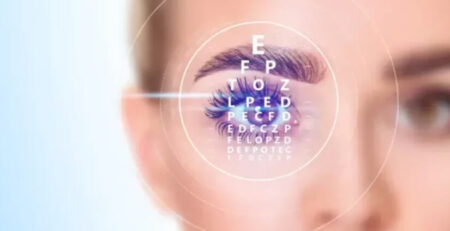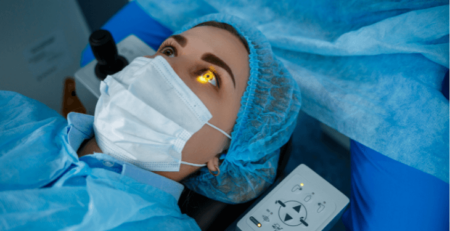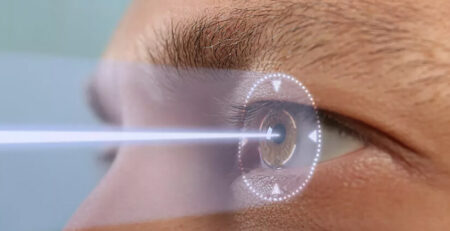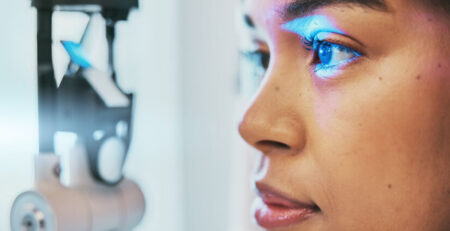Eye Operation for Removing Spectacles
Are you tired of using glasses or contact lenses to fix your vision? Fortunately, advances in eye surgery have enabled good eyesight without the need for corrective eyewear. People seeking spectacle removal have various options, including the well-known LASIK eye surgery and novel methods such as SMILE. Here in this blog, we will discuss different types of eye operations and their benefits.
LASIK (Laser-assisted in situ keratomileusis)
LASIK, a widely recognized and successful surgery, is a go-to for correcting refractive errors such as nearsightedness, farsightedness, and astigmatism. This procedure involves reshaping the cornea, the transparent dome at the front of the eye, to enhance light focusing on the retina. During the procedure, a thin flap is created in the cornea using either a blade or a laser during the procedure. Another laser then reshapes the underlying corneal tissue to correct your refractive error. The flap is then repositioned and heals naturally.
The best part? LASIK eye surgery is usually performed as an outpatient procedure with a rapid recovery period. It provides patients with a safe and efficient treatment for obtaining perfect vision and improving their quality of life.
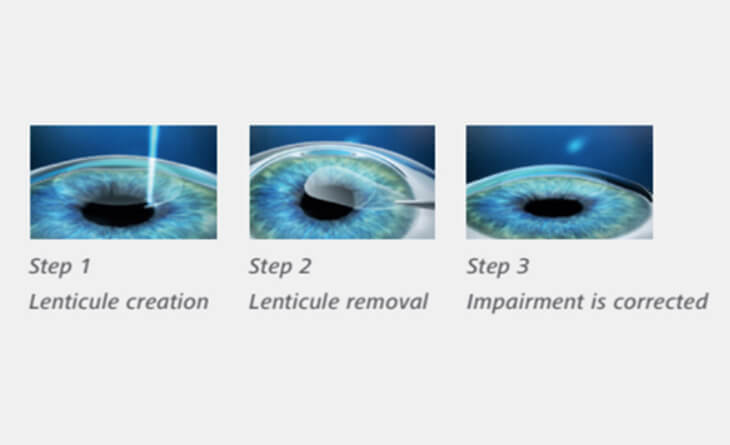
ICL (Implantable Collamer Lens)
ICL is an excellent option for people who are not suitable candidates for LASIK. It entails inserting a small, foldable lens behind the iris (the coloured region of the eye) to increase focus. ICL suits those with moderate to severe nearsightedness or corneas that are too thin for LASIK.
A tiny incision is created in the eye, and the ICL is placed below the iris. The incision usually heals on its own. Recovery time is often faster than LASIK, with most patients reporting clear vision within a day or two.
Clear Lens Extraction (CLE)
CLE includes replacing the natural, clear eye lens with an artificial intraocular lens (IOL) to correct eye problems. While it was previously utilized for cataracts, new advances have made it feasible for certain patients seeking spectacle freedom. It is suitable for people with severe nearsightedness or farsightedness, particularly those with presbyopia (age-related difficulties concentrating on nearby objects).
In this specs removal operation, a tiny incision is made in the eye, and the natural lens is removed, similar to cataract surgery. The IOL is then implanted and positioned in the eye. Recovery is usually longer than LASIK or ICL, with most patients achieving excellent vision within a few weeks.
SMILE (Small Incision Lenticule Extraction)
SMILE is a newer, less invasive laser eyesight correction technique. Like LASIK, it reshapes the cornea with a laser. However, SMILE does not create a corneal flap, which may provide some advantages. It is effective for people with nearsightedness and mild astigmatism.
A laser forms a lenticule (a tiny piece of corneal tissue) inside the cornea. The same laser makes a small incision, and the lenticule is retrieved via this incision. Recovery is usually faster than regular LASIK, with less pain and quicker visual improvement.
The best option for you depends on several factors, including your specific vision issues, corneal health, overall health, and lifestyle preferences. It is better to consult a qualified ophthalmologist at the best eye hospital in Delhi who can assess your individual needs and recommend the most suitable procedure.
Conclusion!
If you are thinking about having eye surgery to remove your glasses or contact lenses, you should evaluate all of your choices and consult with an experienced ophthalmologist like Dr. Anisha Gupta to decide the best strategy for your specific circumstances. Whether you select LASIK eye surgery, ICL, Clear Lens Extraction, or SMILE, you can enhance your vision and independence from corrective eyeglasses.





